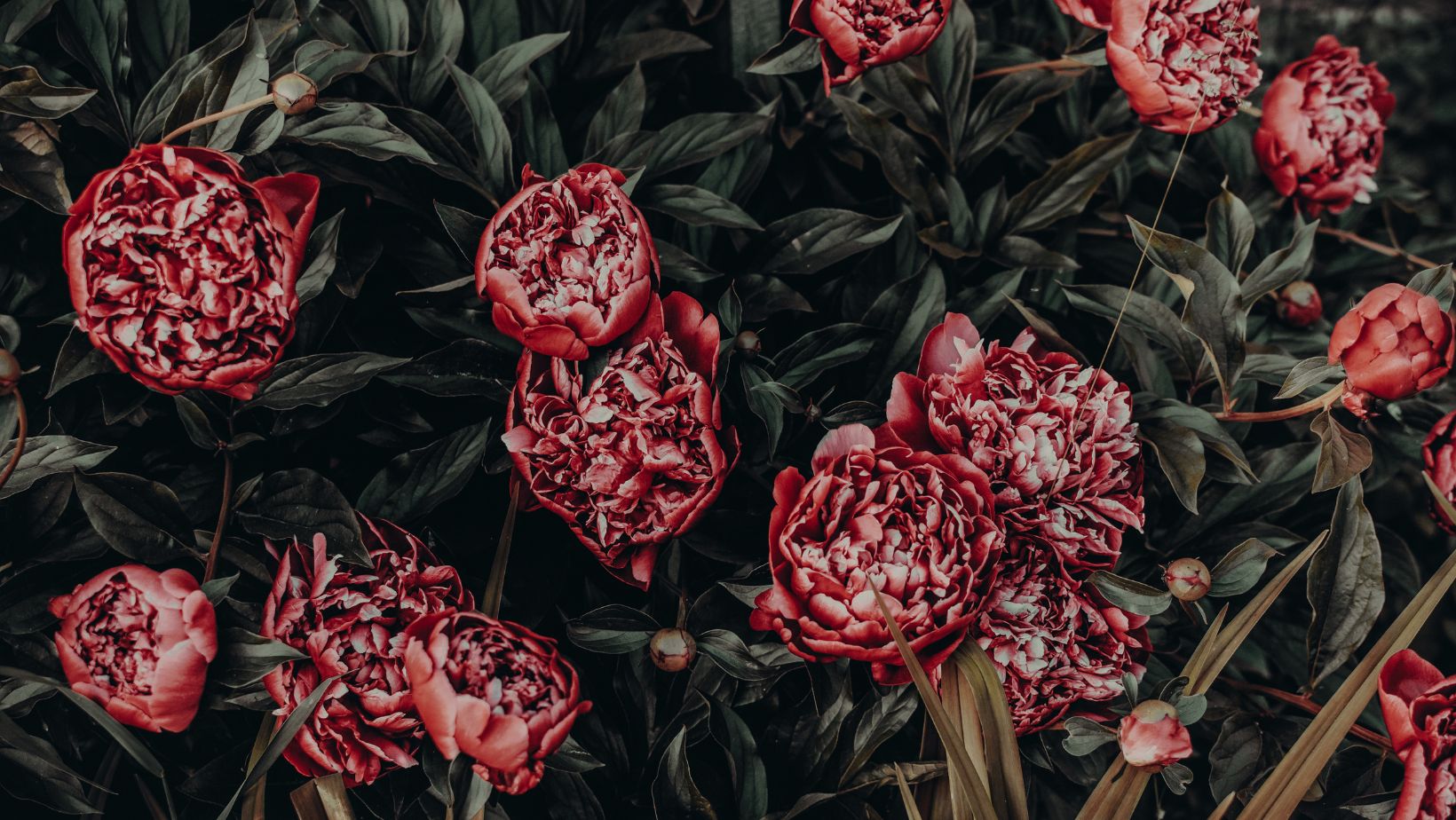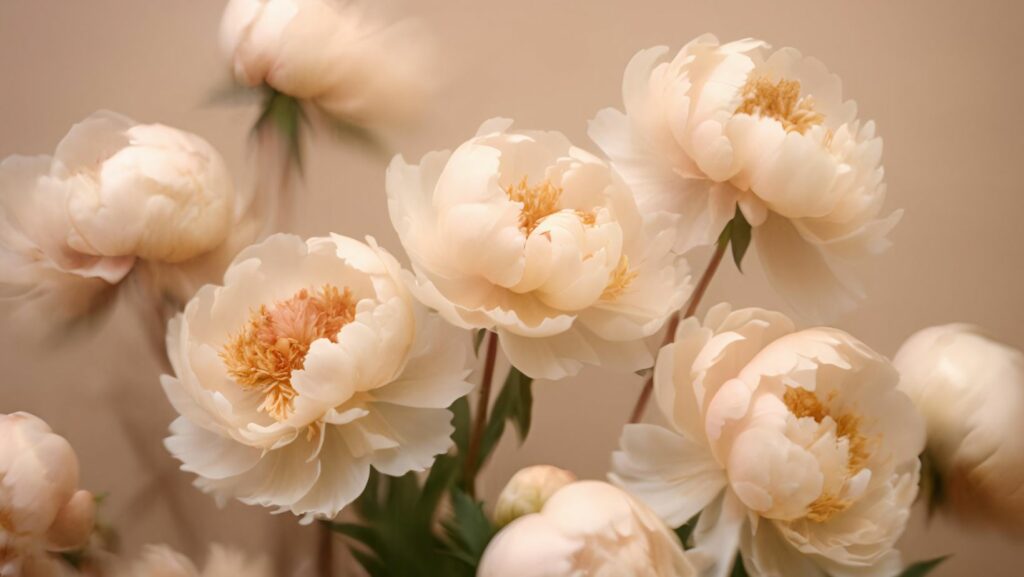Peonies, also known by their botanical name Paeonia, are among the most beloved perennial plants in German gardens. With their large, fragrant blooms and impressive longevity, they have enchanted generations of garden enthusiasts. In Germany, there are countless varieties distinguished by their colors, flower forms, and growth habits. But which ones are especially popular?
The Popularity Of Peonies In Germany
Peonies, or Pfingstrosen, have a long tradition in Germany. They are seen as symbols of wealth, beauty, and love. Their flowering season in May and June coincides with Pentecost (Pfingsten in German), which gave them their common name. Thanks to their hardiness and ornamental value, they are indispensable in both cottage gardens and modern landscape designs.
Types: Herbaceous vs. Tree Peonies
In Germany, two main types are cultivated:
- Herbaceous peonies (Paeonia lactiflora): These die back above ground in winter and re-sprout in spring. They are especially easy to care for and widespread.
- Tree peonies (Paeonia suffruticosa): These retain their woody stems and develop into impressive ornamental shrubs over time.
Both types have devoted admirers and come in a wide range of cultivars.
Classic Herbaceous Peonies
Some herbaceous peony varieties are especially well-established in Germany:
- Sarah Bernhardt: One of the best-known peonies worldwide, with pink double blooms and a pleasant fragrance. It flowers abundantly and is very long-lived.
- Festiva Maxima: Popular since the 19th century, with white double flowers flecked with red—an eye-catching highlight in any garden.
- Karl Rosenfield: With its deep red, semi-double flowers, it adds strong color accents to borders.
These varieties are reliable, frost-hardy, and excellent as cut flowers.
Popular Tree Peonies
Tree peonies are also gaining in popularity in Germany:
- Renkaku: A Japanese variety with large, snow-white blooms that look refined and elegant.
- Shimanishiki: Known for its striking two-tone red-and-white flowers.
- Rou Fu Rong (“Red Lotus Flower”): A Chinese variety with vibrant, double pink blossoms.

Though tree peonies require more care, they reward gardeners with spectacular floral displays.
Modern Hybrids – Itoh Peonies
In recent years, Itoh hybrids (crosses between tree and herbaceous peonies) have also gained popularity in Germany. They combine the hardiness of herbaceous peonies with the large blooms of tree peonies. Popular cultivars include:
- Bartzella: With bright yellow, semi-double flowers and a pleasant fragrance.
- Cora Louise: White flowers with a violet center, both elegant and striking.
These hybrids are long-lived, easy to care for, and offer a wide color range.
Color Diversity And Use In The Garden
German gardeners value peonies not only for their flower shapes but also for their remarkable color diversity: from white, pink, and red to yellow and bi-colored varieties. They are ideal for perennial borders, as stand-alone plants, or in combination with roses and ornamental shrubs.
Factors Influencing Popularity
The appeal of certain peony varieties often depends on:
- Flower size and form: double flowers are especially admired.
- Fragrance: strongly scented varieties are preferred.
- Ease of care: hardy, robust types are more widely planted.
- Tradition and reputation: classic cultivars like Sarah Bernhardt remain garden favorites.
Conclusion
Peonies are indispensable in German gardens. The most popular are time-tested herbaceous varieties like Sarah Bernhardt, Festiva Maxima, and Karl Rosenfield, while tree peonies such as Renkaku and Shimanishiki provide exotic highlights. Modern Itoh hybrids further expand the range, making peonies more versatile than ever. Whether classic, exotic, or modern, peonies captivate gardeners in Germany with their diversity, resilience, and unparalleled floral beauty.

